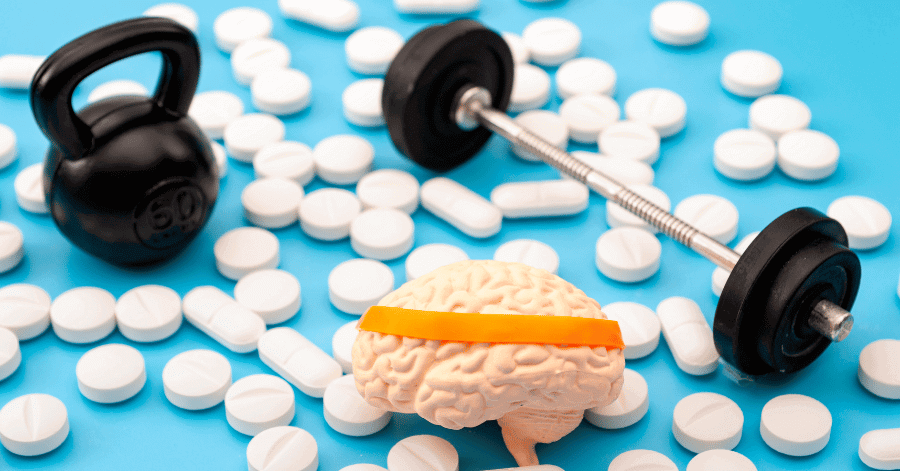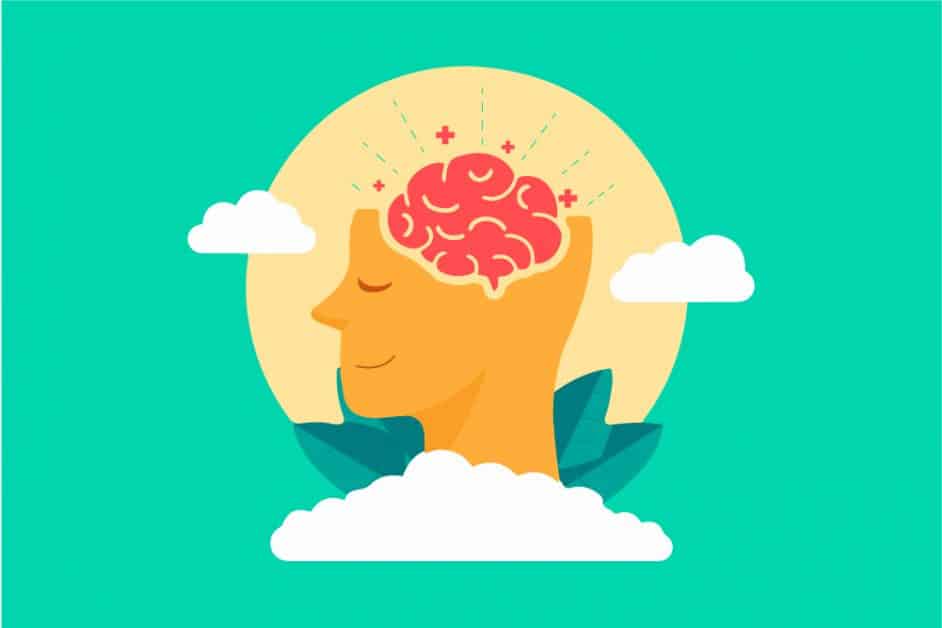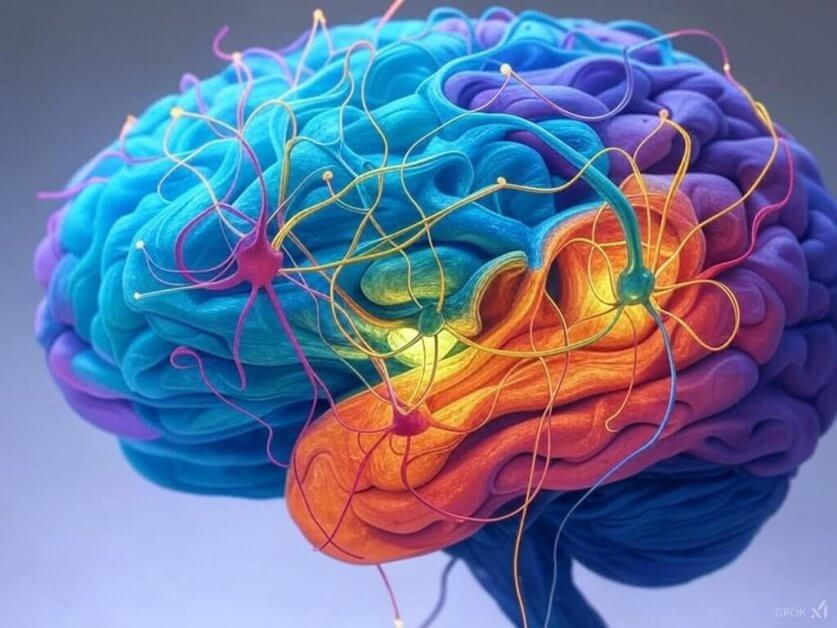
The Unconscious Mind – What is the Unconscious?
The unconscious mind has long been shrouded in mystery, but psychology and neuroscience are making great progress to reveal the science behind non-conscious mental processes

Our site features affiliate links. If you buy through them, we earn a commission at no extra cost to you. Thanks for your support!
In our fast-paced, digitally-driven world, where instant communication reigns, self-care often falls to the bottom of our ever-growing to-do lists.
Amidst this chaos, mindfulness emerges as an essential, yet frequently overlooked, aspect of self-care, often thought of as practice for the more spiritually inclined with little to offer Western lifestyles.
Far from being a luxury, mindfulness is a critical necessity, a lost art that has forgone the Western world. Without it, we drift through life like zombies, moving aimlessly from bed to work to bed again, where days, months, and years blend together. I’m sure you know the feeling.
Mindfulness teaches us to pause, breathe, and live in the present. However, diving into the world of mindfulness can be overwhelming, given the myriad of books claiming to offer the secret to peace and clarity.
That’s why I’ve sifted through the noise to bring you three standout books on mindfulness that go beyond the spiritual fluff and ground their wisdom in science to offer a practical guide to transforming your mental health and, by extension, your life.
The biggest obstacle to mindfulness is its reputation as a new-age idea lacking robust scientific support.
Thankfully “Aware: The Science and Practice of Presence” by Daniel J. Siegel, a clinical professor of psychiatry at the UCLA School of Medicine and a co-director of the Mindful Awareness Research Center, sheds some much-needed light on the science and neurology of mindfulness, bridging the gap between the neural mechanics of mindfulness and its practical application.
The book starts by delving into the concept of mindfulness, presenting it both as a practice (through activities like meditation) and a state of being that enhances our awareness of our present experiences.
The book is structured around the “Wheel of Awareness,” a metaphorical wheel that Siegel uses to explain how we can understand and apply mindfulness in daily life.
The wheel consists of four segments representing different focuses of attention. The first segment covers our five senses; sight, sound, taste, smell, and touch. Focusing on these sensory experiences can help ground us in the present moment and is a fundamental component of traditional mindfulness meditation.
The second segment is internal bodily sensations, where we draw our awareness to sensations within our body, such as hunger, tension, or fatigue, encouraging a deeper connection with our bodily states that can enhance self-regulation.
The third segment covers mental activities like noticing our thoughts (good or bad), emotions, memories, and beliefs. By observing our mental activities without attachment, we can gain insights into our patterns of thinking and feeling.
Finally, the fourth segment covers interconnectedness, which focuses on our sense of connection to others and the world around us by drawing awareness to things beyond our immediate grasp for holistic awareness.
By utilizing the “Wheel of Awareness”, Siegel explains how we manipulate neural connections between regions of the brain responsible for mindfulness (by strengthening good connections and weakening poor ones) through utilizing the brain’s neuroplasticity.
By training the mind to focus on the present moment and observe thoughts and feelings without judgment, our brains can improve their ability to concentrate and reduce susceptibility to distractions, improving attention regulation, focus, and executive function in everyday moments.
The power of this book lies in its perfect balance between knowledge and practical guidance, showing us just enough of how the brain works behind the scenes, without overwhelming, to enable us to actively improve our cognitive practices through some easy-to-follow practical exercises.
“Mindfulness: An Eight-Week Plan for Finding Peace in a Frantic World” by Mark Williams and Danny Penman is a practical guide designed to help readers cultivate mindfulness, specifically aimed at reducing stress, a phenomenon that seems to be rising in modern society.
The book’s teachings are based on the science of Mindfulness-Based Cognitive Therapy (MBCT), a program developed by Williams and his colleagues that is built upon the already tried and tested field of cognitive therapy.
The unique value of this book lies in its eight-week plan that aims to assist individuals in breaking the cycle of anxiety, stress, unhappiness, and exhaustion, perfect for those who, like me, prefer to get stuck in without getting bogged down by the details.
While MBCT is a multifaceted and complex subject, the program laid out in the book is beautifully straightforward and can be integrated into your daily life immediately.
Key components of the program include guided meditations, simple breathing techniques, and practical advice on incorporating mindfulness into everyday activities. Each week focuses on a different theme or aspect of mindfulness, building upon the previous week’s teachings to deepen the practice.
Throughout the eight-week program you will learn:
Week 1 – Waking Up to Autopilot – Recognizing how often we operate on autopilot, moving through life without really being present.
Week 2 – Keeping the Body in Mind – Developing a greater awareness of the body and learning to inhabit it fully, recognizing the mind-body connection.
Week 3 – The Mouse in the Maze – Understanding how we can become trapped in patterns of anxiety, stress, and depression and learning to step out of mental ruts.
Week 4 – Staying Present – Learning to stay present with experience, even when it’s uncomfortable, rather than trying to escape it.
Week 5 – Allowing/Letting Be – Moving from the idea of trying to fix or change our experience to simply allowing it to be as it is.
Week 6: Thoughts Are Not Facts – Understanding that thoughts are merely mental events that pass through the mind and are not an accurate reflection of reality.
Week 7 – How Can I Best Take Care of Myself? – Developing kindness and compassion towards oneself, especially in difficult times.
Week 8 – Using What’s Been Learned to Deal with Future Moods – Consolidating the skills learned and planning how to incorporate mindfulness into daily life moving forward.
After sticking to the course for eight weeks, a whole new way of thinking about life will open up to you.
Of course, this is only a start; embracing mindfulness and realizing its benefits is a lifelong endeavor and requires practice and patience. But recognizing when your thoughts run away from you and how distracted you have been your entire adult life is half the battle and a lesson that will stick with you throughout life.
This book is not only a tool, but an investment in your mental health and future prosperity. By breaking down a complicated but vital concept into practical exercises over eight weeks, this guide will prove to be an invaluable tool in your pursuit of happiness.
Mindfulness may be a fuzzy and somewhat confusing topic in the West, but elsewhere in the world, it is a staple of health and happiness. Fortunately, Westerners are turning to age-old mindfulness practices in an attempt to find inner peace in an increasingly complicated and stressful world.
Hence the popularity of “The Miracle of Mindfulness” by Thich Nhat Hanh, a Vietnamese Zen Master, poet, and peace activist. Originally written as a long letter to a main staff member of the School of Youth for Social Services in South Vietnam in the 1970s, it was later published as a book to offer guidance on the practice of mindfulness in daily life and remains a global bestseller today.
Although written at a time before neuro-imaging techniques were able to identify brain regions associated with awareness and mindfulness, the book focuses on the practical application of mindfulness-based exercises based on centuries of anecdotal and cultural experiences.
While we often think of mindfulness as a state achieved through exercises like meditation, where we reach a zen-like moment where we are fully tuned into our thoughts and feelings, Thich Nhat Hanh argues that mindfulness is not just a practice but a way of living.
By practicing mindfulness through exercises such as meditating, walking, and exercising, we train our brain to be more mindful in all aspects of life, like how training your muscles in the gym will improve your strength in everyday life. Hence the real benefit of mindfulness practice is in the everyday aspects of your life where being mindful will come naturally.
What I love about this book is how easy it is to start applying its wisdom; in fact, you don’t even have to leave your chair. We can start through mindful breathing, where we pay close attention to our breathing to ground our thoughts and bring the mind back to the present moment.
Another key aspect that I have incorporated into my daily routine for great benefit is what he terms “washing the dishes to wash the dishes”, meaning we should pay more attention to what we are doing, drawing our focus and attention to a singular point as opposed to being distracted by many tasks.
While my dishwasher is far too convenient for me to take this literally, I have adopted this mentality when flossing and brushing my teeth. Instead of watching YouTube shorts or social media reels when brushing my teeth, I take the time to actively direct my attention to what I’m doing, allowing me to practice being mindful while breaking my reliance on small distractions.
“The Miracle of Mindfulness” is both a philosophical guide and a practical manual, playing a crucial and much-needed role in bringing the practice of mindfulness to the Western world.
Looking for more information? The following books will build upon the foundations laid from the information above, enabling you to pursue your inner peace with more vigor.
“Mindfulness in Plain English” by Bhante Henepola Gunaratana
A straightforward and practical guide to meditation. It’s particularly good for beginners, providing detailed advice on how to meditate and how to incorporate mindfulness into daily life.
“The Power of Now” by Eckhart Tolle
A modern classic self-improvement book focusing on the concept of living in the present moment, delving into the importance of detaching from past and future worries to embrace the now.
This book is a skeptic’s guide to meditation, clearing the confusion and misconceptions around meditation. Harris, a news anchor, shares his journey toward mindfulness, proving that even the busiest people can benefit from meditation practices.

The unconscious mind has long been shrouded in mystery, but psychology and neuroscience are making great progress to reveal the science behind non-conscious mental processes

Nootropics, also known as smart drugs, are increasing in popularity among healthy individuals looking to increase cognitive performance and function.

Nootropics, also know as “smart drugs”, are compounds that improve cognitive performance such as memory, attention, focus, and clarity.

There is no magic pill to become happier overnight, but there are simple steps we can easily perform that will boost our well-being over time.

Learn how exercise helps the brain, from reduced inflammation, slowed brain aging, and improved cognitive performance.

Maintaining physical health is a lifelong endeavor, but there are some easy evidence-based activities that can be implemented immediately for a healthier lifestyle.
© 2025 Modern Mind Masters - All Rights Reserved
You’ll Learn:
Effective Immediately: 5 Powerful Changes Now, To Improve Your Life Tomorrow.
Click the purple button and we’ll email you your free copy.